In this year’s Head On Photo Festival, several featured artists have used their camera to enter communities and tell stories that few have access to.
Manitoba–based photographer Tim Smith, explores the Hutterites of Canada and the United States in his series In the world but not of it: Hutterites. He focuses on photographing how the isolated communities interact or don‘t interact, with modern-day technologies. Smith‘s photos are a rare opportunity to see into the lives of Hutterites – the emphasis on community, spiritual practice, tradition, and economic self-sufficiency are all themes in the series. Smith‘s images speak of his 13-year–old connection to the different Hutterite communities. The final project is representative of how the Hutterites wish to be seen and represented to the outside world.
Michelle Sank‘s Sixteen focusses on the lives and experiences of sixteen-year-olds in Cornwall– one of the most deprived areas of the UK. In the series, Sank seeks to promote the stories of youth while opening up conversations about their goals, fears, relationships, and family. She stresses the connection she has found with her subjects and how grateful she is to have been let into their lives, if only for a moment. Through this connection and story, Sank highlights poverty issues and the struggles that UK youth go through.
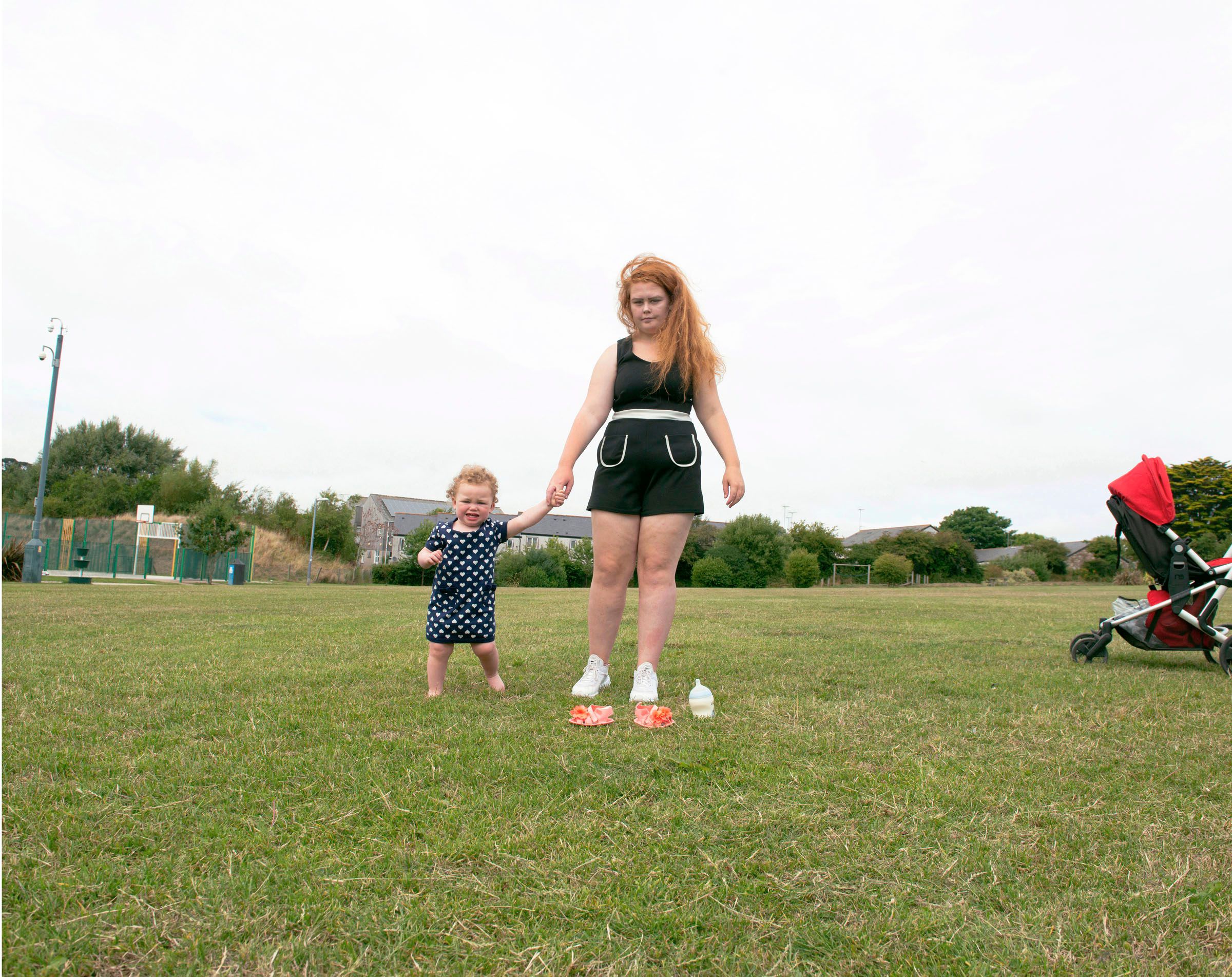
In Habibi, a photo series by Antonio Faccilongo, the photographer and subject‘s connectionand trust are easily felt. The women featured in this series are putting themselves and their husbands at risk by participating in this project since they admit to illegal activity. Antonio queitly follows these woman’s journey with IVF treatments with illegally obtained sperm from their inprisoned husbands. Faccilongo beautifully sheds light on a lesser known component of the Israel-Palestinian conflict.
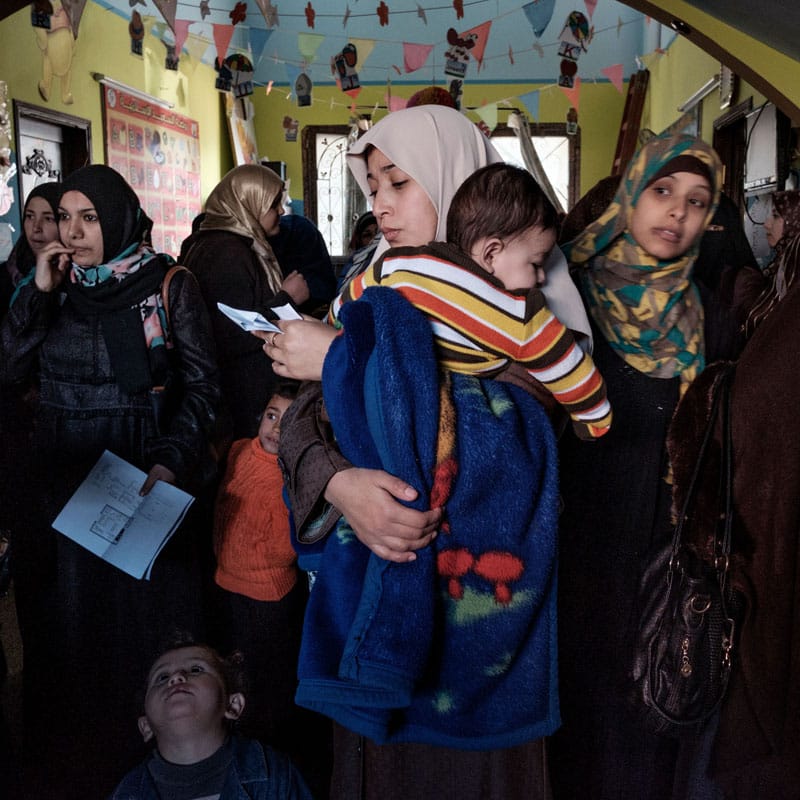
Quartier Saint-Antoine by Hubert Barre captures a now non-existent community. The series, taken in the 80s, depicts a poor eclectic district of Aubenas in southern France. Hubert photographed the residents, ranging from bohemian tramps to a former musician, who lived in the decrepit town. These encounters helped Barre understand his neighbourhood and his community more.
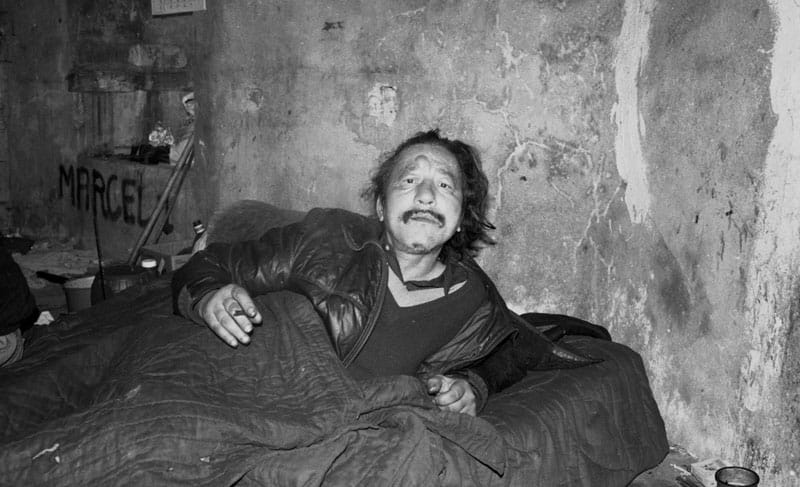
Aixiao Li‘s I am with me involves her entering people’s spaces in the midst of COVID-19 and ‘becoming them.‘ During this expereimental project, she became extremely intimate with a complete stranger while learning their habits, wearing their clothes, and living her life as if she is someone else. This is not an easy task and involved communication and transparency.

Sea Days Project, a photo series by Orna Naor, documents Machsom Watch’s initiative to bring Palestinian children and their mothers from the West Bank to the ocean. The purpose of the images and the sea day is to reduce the fear between Israelis and Palestinians, open dialogue between women, and allow the families to enjoy a day of fun at the beach. For Naor to photograph this takes an immense amount of trust from the organisers, as Machsom Watch is a small team with a big mission, and Palestinians involved.
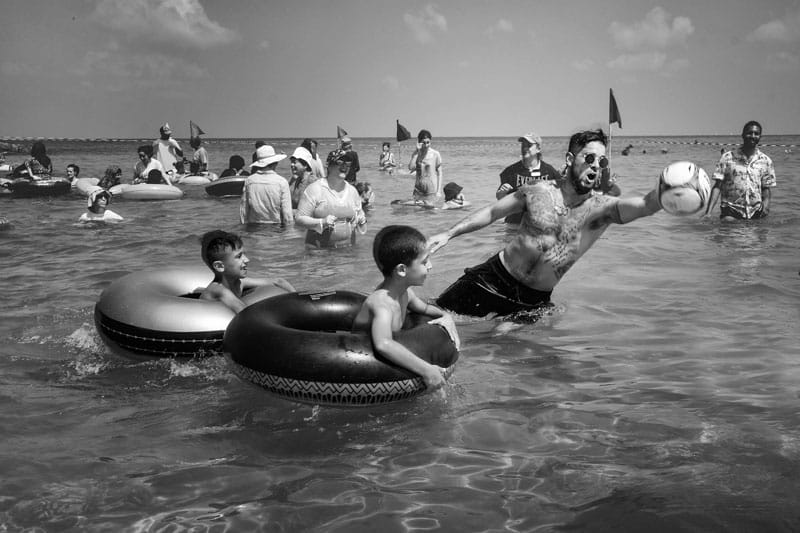
Entering a community that you aren’t a part of as a photographer can be daunting, but we have compiled some tips to help you get started:
- Being transparent with your subjects is paramount. Be honest with your intentions and plans of what you want to do with your photographs.
- It’s always good to follow up with your subjects. Show them the photos you took, check that your interview notes are correct, and participate in community events.
- Keep in mind that some people won’t want to be photographed. That’s okay! Learn how to deal with rejection.
- Keep an open mind! People’s customs and cultures may be different from your own, but use your photography as a way to learn from your subjects and don’t forget to listen.
- Don’t be afraid to talk to people and ask questions. The worst they can say is no.
- Make sure to tell people’s stories accurately and treat everyone with respect.
Good luck on your next photographic venture!
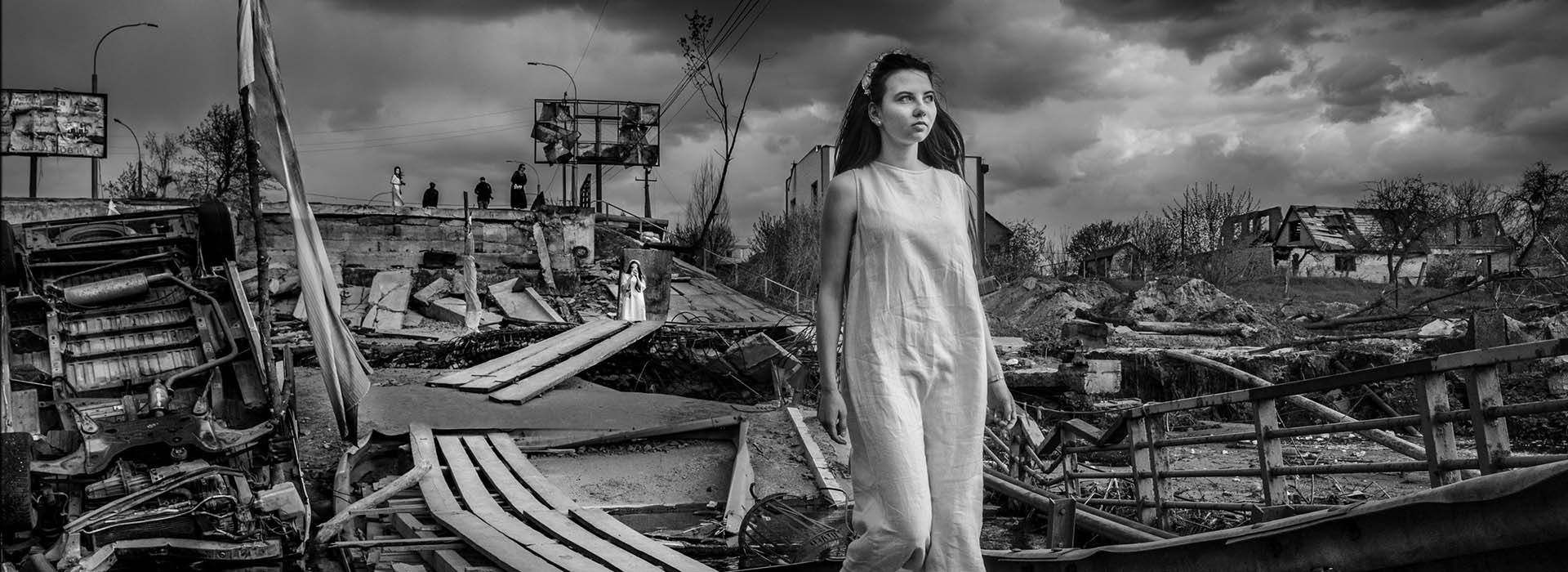









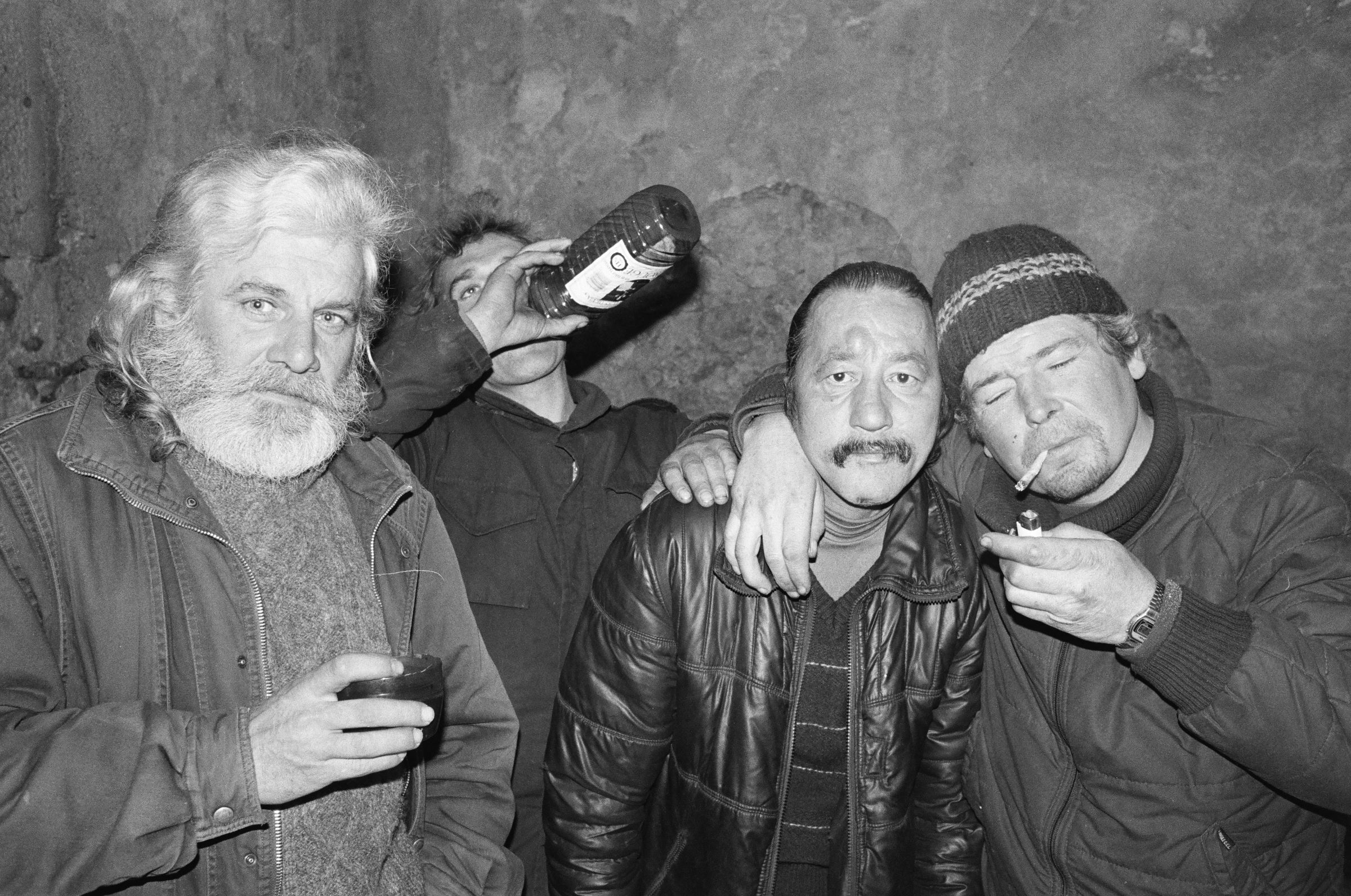
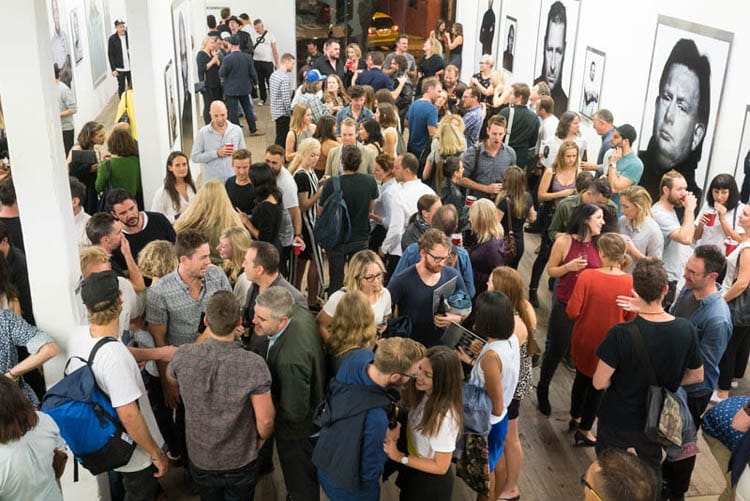
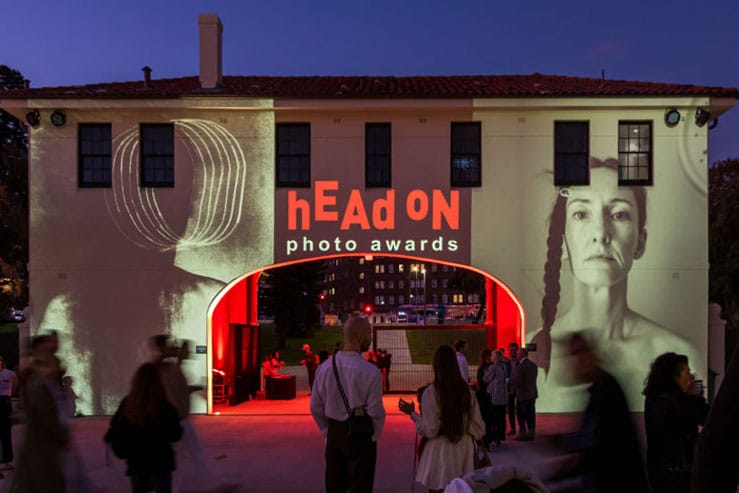
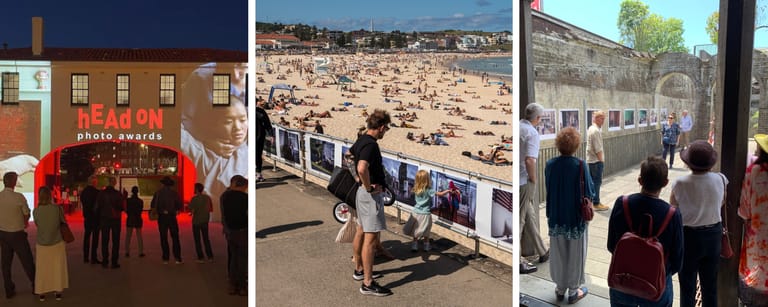
0 Comments